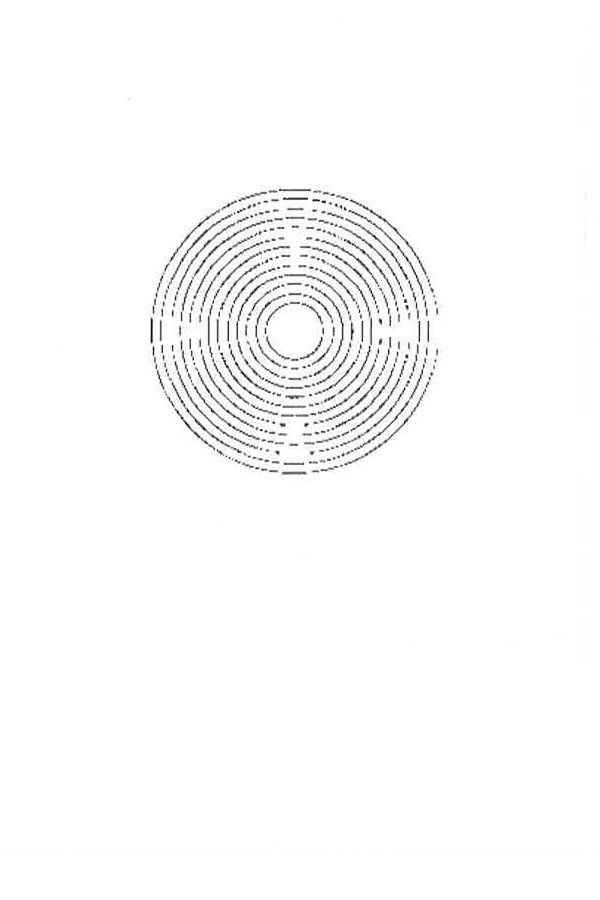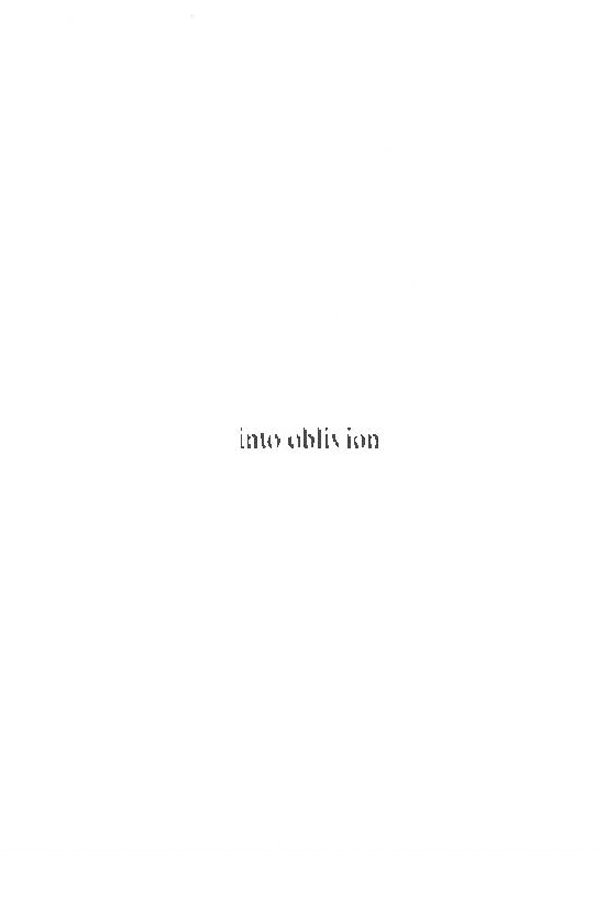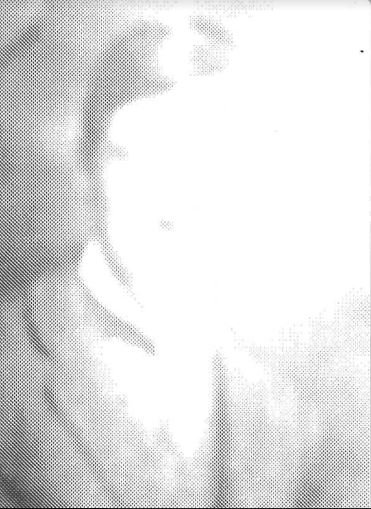Triple Dunk
Dustin Cecil
“You’re looking at the image not only of a person you know, but also as a reference shot that can be used in a very technical way, too.”
Interview by L. Valena
February 27, 2022
Let's get into it. Can you start by describing what you responded to?
It was a poem called Metaphysical Decomposition, a relatively short poem. I felt that it had a lot of contradictions that were trying to find a sense of balance within the poem itself, and it sent off me thinking in all different directions, like how little or how much I knew about the metaphysical side of life. Also, the idea of decomposition. The poem ends talking about pixels. “My person pixelates into oblivion” is the actual line in the poem. That got me thinking about metaphysical decomposition and trying to figure out how much of an organic versus mechanical process that might be.
What happened next?
Well, I immediately thought I would respond with a poem, or a word-based artwork. But on that same day, I also received a thermal printer in the mail. I thought it was a great opportunity to test out the printer- try some new things, see what it could and couldn’t do. I started playing in Photoshop, reducing some photos into black and white, because a thermal printer is limited to a two-color image. I wanted to play with that idea of pushing and pulling the image through distorted or disintegrated pixelation, to explore the idea of being pixelated into oblivion.
It looks like you tried out a few things before you settled on the final piece.
Yes. I tried a couple different prints with the images just to test the limits of how much detail the printer could reproduce, or how far an image would have to be pushed to start to abstract into/towards oblivion.
You just got this printer? Was this pixelation idea something that you were already interested in?
My background is in textile design and weaving, so I’m always thinking in terms of a grid or mapping out structures of cloth and patterns. It's something I can never really get away from even though I always try to break out of that grid. When I first started to see the images of the word pixelated out, I immediately started thinking of old cross stitch patterns or alphabets laid out within a grid. In fabric, I think the technical term is moiré, where an optical illusion of a pattern makes it look like a ripple effect. It can look like a wood grain or water print. It can also happen in printing when a halftone image like in a newspaper overlaps and makes the kind of visual vibration. I began taking photographs of the actual stickers that the thermal printer was making. Making several ‘generations’ of a print of a photo of a print of a photo, to push that and see how the color reduction would overlap and if I could get any vibration for that moiré effect.
Oh, so this is a picture of images that you printed with this printer?
Yes, It's about six or seven generations. It actually began as a photo of a print from a book followed by several more prints of photos of prints. So it's a combination of scans and photos and prints. I pushed and pulled, with very little photo manipulation in Photoshop. I was pleasantly surprised with the final image, how it almost took on the look of a fabric. It does look like a rubbing or an etching on a coarse linen or a very slubby fabric.
That's interesting because it wasn't until you said “figures” that I even realized what was going on in this piece. It's so abstracted!
I definitely wanted to play with pushing the figure into abstraction or ‘into oblivion’, through very strict pixels, to reference the original poem I was responding to. Once you start to compare the three versions of the same figure, they helps to inform or define the previous versions. I enjoy the push and pull between clarity and abstraction.
I love that idea. It reminds me of when you have a good friend that you've known for a long time and then you meet their parents for the first time. “Ohh, there's some aspect to you that I understand more!”
The original image I was working with is actually a photo of the British painter Duncan Grant that was in a photo album of Vanessa Bell. Especially as they’re both artists, I like the idea that, as you're flipping through a photo album, you're looking at the image not only of a person you know, but also as a reference shot that can be used in a very technical way, too. When we’re flipping through our own photo albums, we are engaging in the same type of time travel as the different generations of photographers, subjects, and viewers.
That’s so cool, the idea that the original print was a photo of an artist taken by another artist. You're bringing all sorts of cool people into this!
Yes! I got very interested in the Bloomsbury Group the last couple of years. I’ve been digging up as much as I can, especially on the painters. They did seem to have quite a bit of photography, especially by Vanessa and her sister Virginia [Woolf]. They took a lot of photos. It doesn't seem like Duncan really knew how to use a camera, but I'm interested in modern painters using photography as reference material.
Is it something that you do yourself?
I think so. I live in a pretty isolated place, so access to cut and pasted images for photo references makes it possible to not have to seek too many other people or models involved. You can get away with a lot by cutting and pasting- exploring different features and compositions. Also, working with any kind of photos or printed images, makes it's easier to shove them in a drawer to let them steep until they're ready to be used or to be pushed into a different place.
A nice side benefit to this is I've got a whole bunch of stickers now, because the thermal printer prints on stickers, so I can cut them up and use them for any kind of sticker slaps or street art or anything like that.
Yes! That's awesome! It would be cool if you put this up somewhere and then somebody took a picture of that, put it on social media or something, and then there's another layer.
This was a fun project to do because I'm hesitant to get involved with the electronic or technological side of things, so it was nice to have a push towards using this thermal printer. I essentially bought it so I could print shipping labels, and wanted to explore what its limitations were for image-based or figurative work.
I'm sure a lot of people, including me, have over the years ended up with thermal printers and never even considered the formal possibilities of such an apparatus.
I haven't done any weather tests on them to see how waterproof they stickers are, but we'll see.
Do you have any advice for another artist approaching this project for the first time?
I agree with other participants when they say to just be open about it. Maybe try not to go immediately into your first thought. Give it a little bit of time to think it over and really use it as a chance to try some new things. Maybe even push yourself into a different discipline completely. Just be open to it and see what things show themselves to you. And if you like stickers, get a thermal printer. [laughs] I do not work for the thermal printer industry!
Call Number: M45PP | M48VA.ceTri
Dustin Cecil lives and works in Eastern Kentucky with a variety of materials, typically connected in some way to fiber arts and traditional crafts. Naturally suspicious of technology, Dustin tries to remain open minded about the coming digital 'singularity'- while exploring what it means to still be human. He remains hopeful that self-expression through some form of needlework, will endure until the end of time (at least as we know it).






